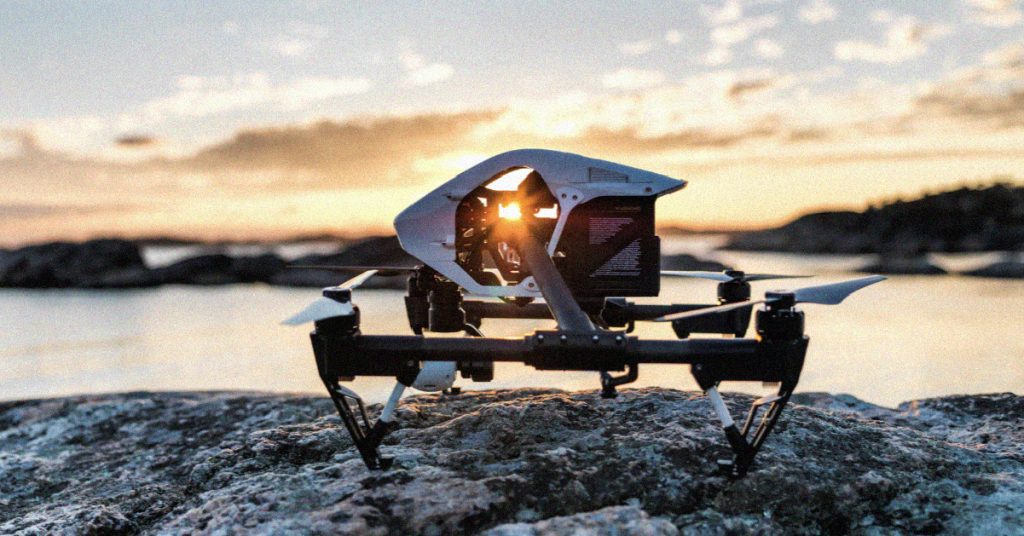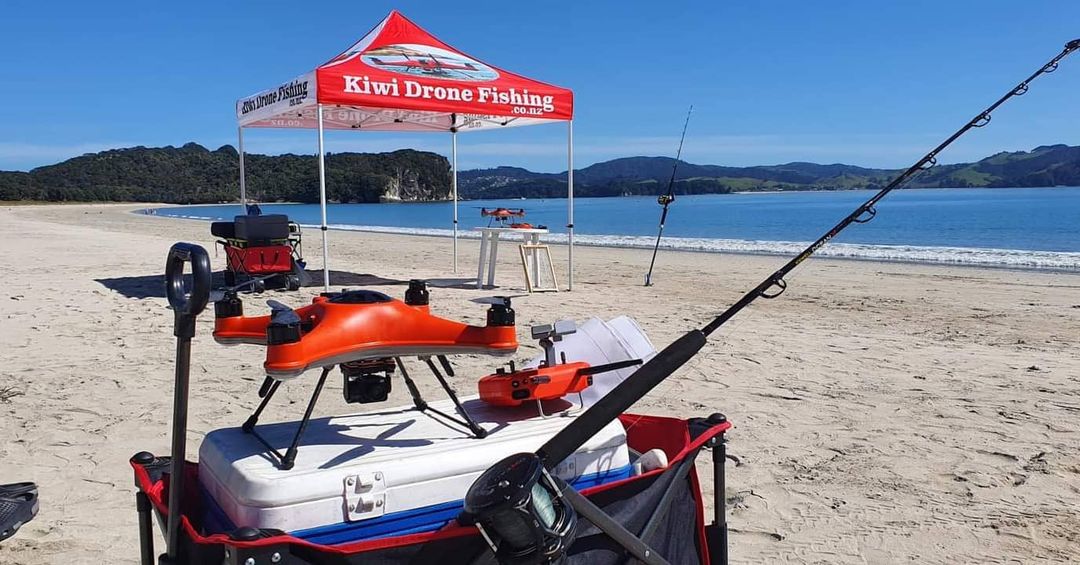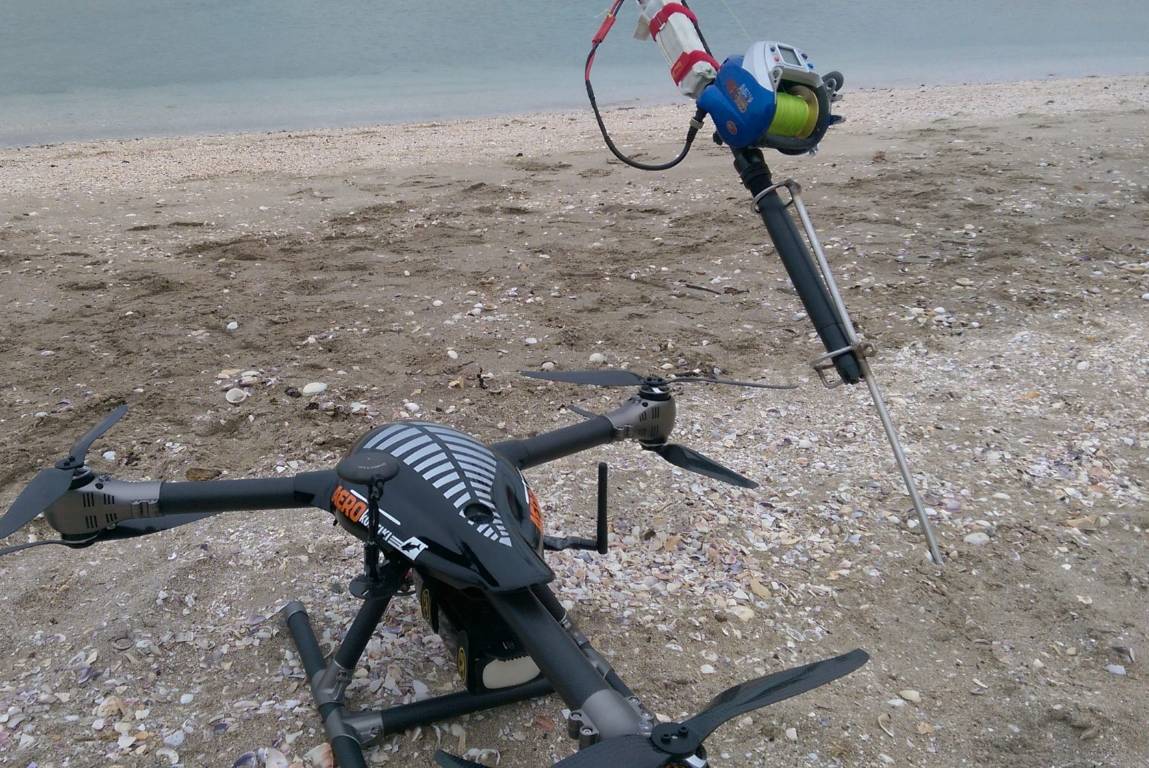
New Zealand's drone fishing has become a popular fishing method. This new method uses the most recent drone technology, opening up new possibilities for fishing. Drone Fishing NZ and DJI are the best places to buy a drone for fishing. You can also find Splash drones and GoFish cameras, as well as custom-built fishing rigs.
Aerokontiki Drones
Sharkan's Fishhawk drone captures better images of what you are doing. This drone's camera is stabilized and shoots 12-megapixel photos and 4k UHD videos at 30 frames per second. You can even view the videos directly on your smartphone. This drone has a flight time of up to 23 minutes, a spare battery, and a good transmission range.
Mobula
Mobula drones were specifically created for fishing. The drone can survive in wind up to 20 kph and is buoyant. The drone also features safety features such as automatic return home, automatic payload release and three release mechanisms. In addition, you'll never have to worry about losing your drone because it will return to the water automatically if its battery runs out.
Banks'
The use of a fishing drone has become a huge trend, gaining the attention of anglers and sports enthusiasts. But, drones can have their own problems. A drone is not suitable to fish in too deep waters. A second problem arises when a drone crashes in the same location a second time. You can't always rely on the information in the video if that happens.

SplashDrone 4
Swellpro's SplashDrone 4 drone is waterproof and comes with a new float platform. It's ideal for fishing parties, all kinds of water activities and is made from corrosion-resistant materials and high-quality ABS to withstand any conditions. Smooth+ Flight Control System - The SplashDrone 4 gives you full control over your drone. This allows you to maintain stability in any situation. Its advanced technology makes it possible to capture every angle, every moment from the air.
Drone for Fisherman
You're in for a treat if you're a New Zealand Fisherman drone fisherman. Drone fishing enthusiasts prize snappers as a highly sought-after species. Snapper are also beautiful and delicious to catch. These fish are found on the North and South Islands coasts. They often gather in large numbers during the springtime, when they spawn. These fish are available in summer as well as fall, so you can catch them all year.
Flying a drone
You should be aware of the following guidelines if you are planning to fly a drone in New Zealand for drone fishing. You must be familiar with the law. It is against the law to fly your drone over marine life, or within 500 metres of any marine mammal. Also, be aware of where you're flying your drone. You don't want it to get stolen or damaged.
A drone's payload
A drone can be used for fishing. However, you need to consider the payload. It is important to choose a drone that has the payload capacity to transport heavy fish, and can fly for long periods of time. If you are only going to fly your drone for just a few moments, you will probably not be able to catch enough fish. New Zealand's drone fishing technology is improving.

FAQ
You can fly a drone as high as you like without a license.
The FAA doesn't limit how high you can fly your drone. The FAA does require you to register unmanned aircraft systems (UAS), which include the registration number of your model, weight and size, serial numbers, manufacturer's names, date manufactured and other information.
Where can I find a drone for sale?
Many drones can be purchased online. Many people prefer to buy their drones online through Amazon, eBay or Walmart. Others opt to purchase their drones direct from manufacturers.
Can I fly my drone through my neighborhood?
Yes! These are called UAVs, or unmanned aerial vehicles. There are many options for drones, from small quadcopters to larger fixed-wing aircraft. New rules have been issued by the FAA regarding commercial use of UAVs. This means that you can legally fly them for business purposes. Be aware that UAVs operating near airports could cause interference to air traffic control systems. You must get permission from the authorities before you can fly one.
Statistics
- Research and Markets predict a growth rate of 51.1% over the next five years. (thedroneu.com)
- With the top 10% making over $100/h and the bottom 10% making as low as $10/h. (dronesgator.com)
- According to industry research from ZipRecruiter , there are 10 cities where the typical salary for a Drone Pilot job is above the national average. (dronesgator.com)
External Links
How To
How to Fly Drones for Beginners
A drone is a remote-controlled aircraft used for aerial photography, cinematography, surveillance, scientific research, and hobby purposes. The technology behind drones has been around since World War II. DJI's Phantom series quadcopters were first commercially available in 2010. There have been many types of drones since then, including beginner-friendly drones like the Parrot AR Drone 2.0 and professional-grade multi-rotor crafts like the DJI Mavic Pro.
There are many methods to fly a Drone, including
-
Remote control – This technique uses a control device attached directly to your hands that allows you steer the drone around its flight path. There are two main types for controllers: Joysticks or On/Off switches, which can be used to control the drone's flight path.
-
Manual Control – This allows remote operation of the drone via GPS coordinates using a smartphone application. You will need to keep track of where the drone is going and follow the directions from the app.
-
Autonomous Flight - This method involves leaving the piloting duties to the drone itself. It basically flies autonomously without any human intervention. For the autonomous flight to occur, the drone must have a built-in camera and sensors capable of capturing images and data.
-
Triggered Flight - This method is similar to manual control, except the pilot manually sets up a preprogrammed route, and the drone follows that route until it reaches the endpoint. Once the programmed route has been completed, the drone returns to the base automatically.
-
Landing Gear- Some drones include landing gear that allows for safe landing if the power goes out or they run out of batteries.
-
Goggles – Pilots often wear goggles while flying to keep themselves safe from any debris.
-
Camera - Some drones can be equipped with cameras which enable you to capture photos from the sky.
-
Obstacles – Some drones have obstacle avoidance systems that stop them from colliding with obstacles.
-
Speed - Drones can reach speeds up to 40 mph.
-
Battery Life - Most drones last between 20 and 3 hours depending on how much power they have.
-
Range - Some drones can travel upto 30 miles depending on their models.
-
Power source: Some drones will require an external power source while others can be powered by internal batteries.
-
Weight - Some drones are lighter than others, while some models can weigh as much as 4 pounds.
-
Size - The size of drones varies from small, easily carried devices to more substantial crafts that weigh in excess of 50 pounds.
-
Price - Drones come in a variety of price categories, including high-end models which can run into the thousands and low-cost options that can start at $100.